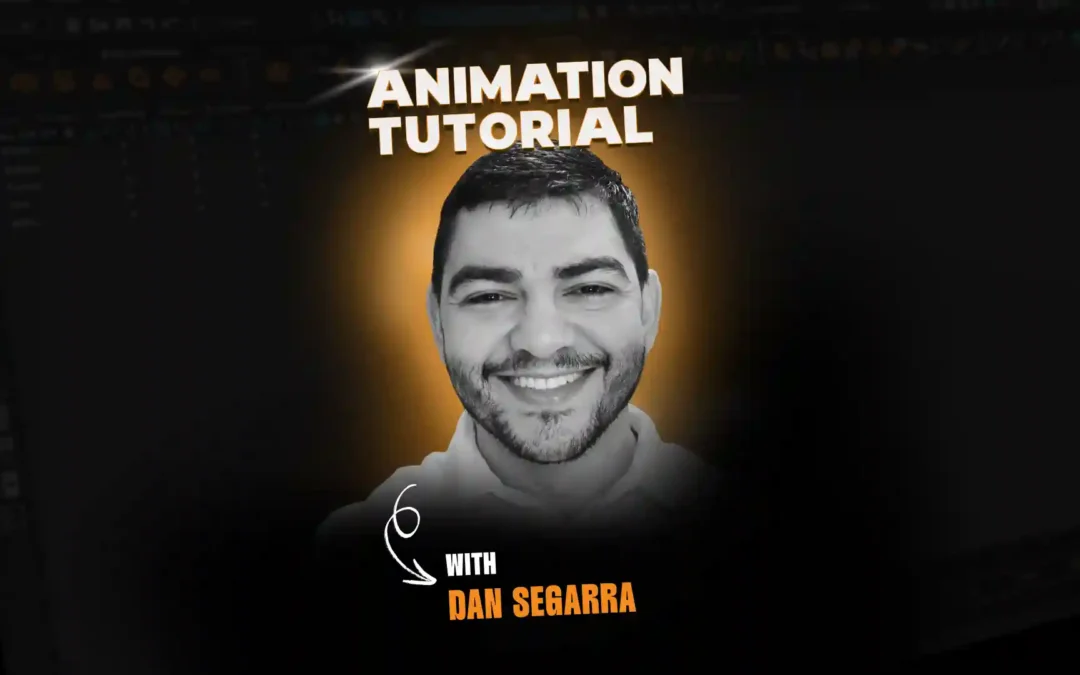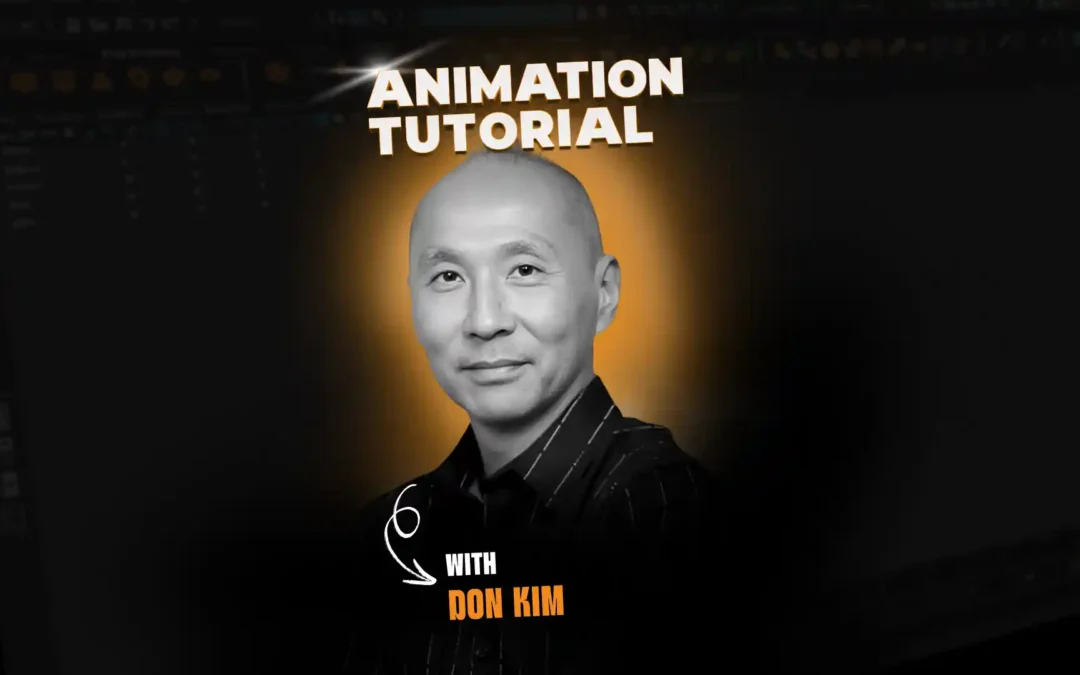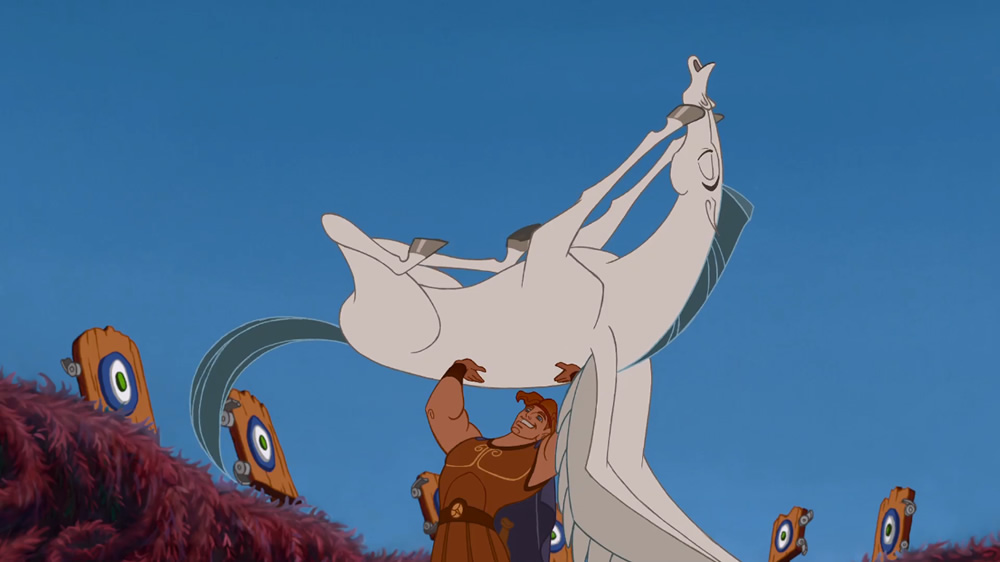
In animation, we want to believe that the character moved, not that someone moved the character. That means you have to animate a character that looks like it is dealing with weight and balance through its own thoughts and efforts—which is not always easy. Read on to learn more about weight in animation and get some helpful tips from the legendary Wayne Gilbert, former Disney, ILM, and EA animator and current Dean of Faculty and Head of Character Animation at Sheridan College!
Weight is described through the visual presentation of opposing forces. That’s it. Stop here or continue reading for accompanying babble and random thoughts.
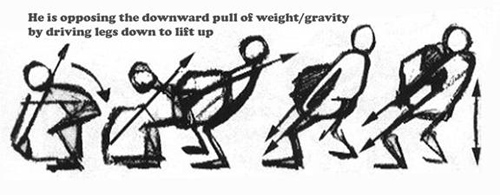
We want to believe that the character moved, not that someone moved the character. That means you have to animate a character that looks like it is dealing with weight and balance through its own thoughts and efforts.
Force does not exist in animation. It is implied through posture, path of action, balance, timing, arcs, successive breaking of joints and on and on. It is implied by what the character does. Deciding why a character moves will reveal how it moves.
Hold on, this is about weight, not force. No, wait, weight cannot be shown without the visual implication of FORCE. Wait, force and weight don’t exist in animation, there can only be a visual implication. There are two types of FORCE – internal and external.
The Principles of Animation as listed in
The Illusion of Life:
Squash and stretch
Staging
Straight-ahead animation
Pose to pose animation
Follow through
Slow in Slow out
Arcs
Secondary action
Timing
Exaggeration
Solid Drawing
Appeal
(Psst. We have awesome posts about each of the 12 principles (and how to use them like a pro) written by different mentors! Check them all out here.)
Nine of the Principles of Animation are a result of, or create a FORCE. Let’s take a stab at re-thinking, re-defining and prioritizing the Principles of Animation and call them, say, The Principles of Movement.
FORCE – priority one
External
Internal
Physical
Squash and stretch – (Compression and Extension)
Follow through
Slow in and slow out – natural (physics), character controlled or mechanical
Arcs – natural and controlled
Secondary action
Timing – the strength of the greater force dictates how fast something moves
Aesthetic – creates an emotional/psychological response/force in the audience
Staging
Exaggeration
Appeal
Skill and Methodology:
Straight-ahead animation
Pose to pose animation
Solid Drawing – a must for ‘Traditional Animation’ and great for planning
Weight is all in the timing. Well, posture and timing. But then context plays a role in why the character moves which dictates how. Ah man, now I’m rambling and sound like Shawn Kelly. Do over.
You create the rules—be consistent throughout your animation.
It’s all in the timing. True, but what are we timing? We’re timing thought and effort/force. How much effort must the character exert to successfully accomplish the task it decided to accomplish? For an animator, weight is a visual presentation of opposing forces. When a character jumps up, it is actually driving down against the ground. The faster it can drive down the higher it will jump. The character can enhance the power of the jump by properly timing the thrusting of shoulders and arms in the direction of the jump. Study a high jumper or long jumper.
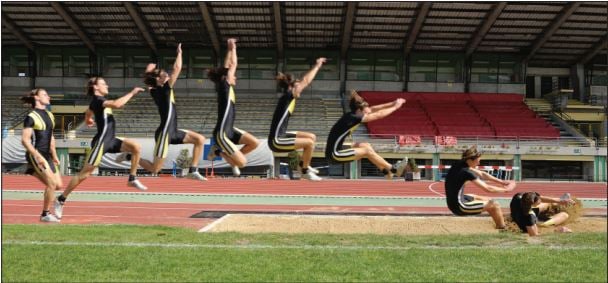
Once the force needed to jump is believably represented visually, the principles of movement are initiated. If the character is weak and heavy it takes more effort to jump, pull or push, which influences timing which influences the principles.
Why does the ground shake when the “500 pound” Incredible Hulk walks? He’s strong enough to jump half a mile, he should be able to tip toe quietly. Ok I’m rambling again. When I read this article tomorrow I’ll probably want to reword it as I have everyday since starting it, and now I sound like Shawn again.
“Random thought”- in an animated walk, make sure that the “impact” is visually defined. That could be one goal for showing weight. Watch slow motion live action walking and pay close attention to the impact frames.
Going into the impact/compression shows how much effort is exerted to stop the body weight from its downward motion and coming out of the impact/compression describes how much effort is needed to raise the body “weight”. Keep in mind, the slower the cadence the more weight shift from side to side there needs to be. The further apart the feet are the more you have to shift weight side to side.
Weight is all in the timing. Well, posture and timing.
As these following examples are copyright protected I can only direct you to the source. In
American History X, just before Edward Norton is arrested there is a sequence of him walking toward the camera. The shot is from the waist up but you can tell what the hips, legs, and feet are doing. This is proof positive that you have to animate what is not seen as well as what is in frame if you want it to be correct.
Balance is extremely important to support the visual implication of weight. Weight must be over or nearly over one foot before the other can be raised while maintaining balance. Stand with your feet shoulder width apart, raise one foot 18” off the ground and hold it there for five seconds—but don’t shift your hips (or hold on to something or fall). Weight must shift from side to side in leading the balance during a walk. These examples from
The Iron Giant do not address the fact that we may be looking at a directorial decision for mechanical stylization. (See if a lawyer can get through that one).
The Iron Giant – to shift weight or not? At the electrical station and in the final battle scene the giant lacks ‘human characteristics’ and there is no weight shifting in his walk, but at the pond there is.
1. First time Hogarth sees the Iron who walks over him at the power plant. No weight shift and impossible – mechanical stylization?
2. Final battle when the Iron Giant has transformed and walks into the fight. No weight shift and impossible – mechanical stylization?
3. At the pond when the Iron Giant walks back to take a run at the pond. Weight shift – human characteristics at this time.
The timing of a character lifting a heavy object has to be properly blended with the correct posture and balance to describe appropriate effort.
300 lbs can look light if the character is strong
50 lbs can look heavy if the same character is tired or ill
A 300 lb character can be strong or weak
A 98 lb character can be stronger than a 300 lb character
You create the rules—be consistent throughout your animation.
Here is an example of an animated character that looked at the story reel, planned what he wanted to lift, did sketches and then shot video reference before proceeding.

This is an example of an animated character that didn’t bother planning beyond the story reel. He got a bit cocky and didn’t evaluate the repercussions of beginning the action before he knew what he was doing.

Weight is described through the visual presentation of opposing forces.
Want to be learn from professional animators?
Start your animation journey by learning with professional animators from a variety of studios and career paths!
Get more information about Animation Mentor’s
Character Animation Program.





